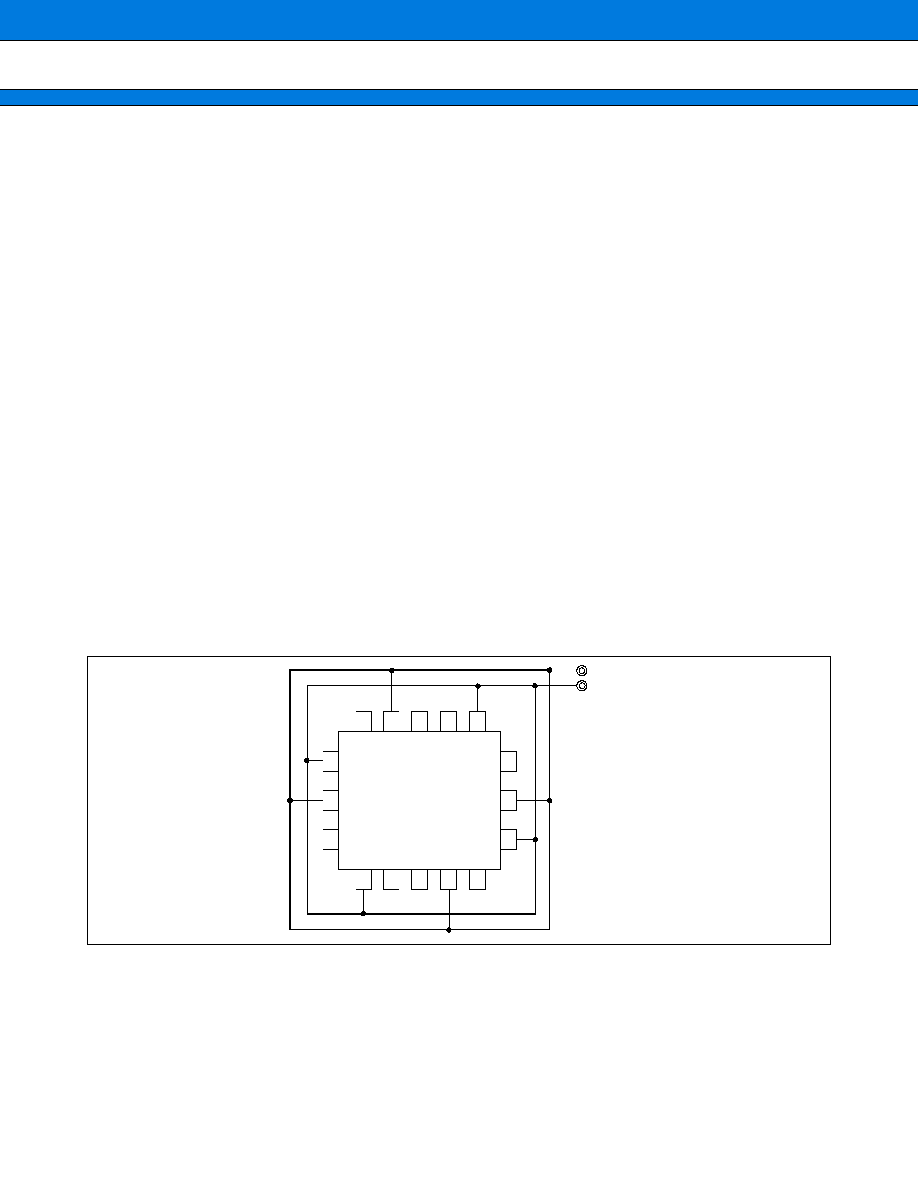- 您現(xiàn)在的位置:買賣IC網(wǎng) > PDF目錄45189 > MB90F345EPF (FUJITSU COMPONENT LTD) 16-BIT, FLASH, 24 MHz, MICROCONTROLLER, PQFP100 PDF資料下載
參數(shù)資料
| 型號(hào): | MB90F345EPF |
| 廠商: | FUJITSU COMPONENT LTD |
| 元件分類: | 微控制器/微處理器 |
| 英文描述: | 16-BIT, FLASH, 24 MHz, MICROCONTROLLER, PQFP100 |
| 封裝: | 14 X 20 MM, 3.35 MM HEIGHT, 0.65 MM PITCH, PLASTIC, QFP-100 |
| 文件頁(yè)數(shù): | 17/85頁(yè) |
| 文件大小: | 1173K |
| 代理商: | MB90F345EPF |
第1頁(yè)第2頁(yè)第3頁(yè)第4頁(yè)第5頁(yè)第6頁(yè)第7頁(yè)第8頁(yè)第9頁(yè)第10頁(yè)第11頁(yè)第12頁(yè)第13頁(yè)第14頁(yè)第15頁(yè)第16頁(yè)當(dāng)前第17頁(yè)第18頁(yè)第19頁(yè)第20頁(yè)第21頁(yè)第22頁(yè)第23頁(yè)第24頁(yè)第25頁(yè)第26頁(yè)第27頁(yè)第28頁(yè)第29頁(yè)第30頁(yè)第31頁(yè)第32頁(yè)第33頁(yè)第34頁(yè)第35頁(yè)第36頁(yè)第37頁(yè)第38頁(yè)第39頁(yè)第40頁(yè)第41頁(yè)第42頁(yè)第43頁(yè)第44頁(yè)第45頁(yè)第46頁(yè)第47頁(yè)第48頁(yè)第49頁(yè)第50頁(yè)第51頁(yè)第52頁(yè)第53頁(yè)第54頁(yè)第55頁(yè)第56頁(yè)第57頁(yè)第58頁(yè)第59頁(yè)第60頁(yè)第61頁(yè)第62頁(yè)第63頁(yè)第64頁(yè)第65頁(yè)第66頁(yè)第67頁(yè)第68頁(yè)第69頁(yè)第70頁(yè)第71頁(yè)第72頁(yè)第73頁(yè)第74頁(yè)第75頁(yè)第76頁(yè)第77頁(yè)第78頁(yè)第79頁(yè)第80頁(yè)第81頁(yè)第82頁(yè)第83頁(yè)第84頁(yè)第85頁(yè)

MB90340E Series
24
■ HANDLING DEVICES
1.
Preventing latch-up
CMOS IC chips may suffer latch-up under the following conditions:
A voltage higher than VCC or lower than VSS is applied to an input or output pin.
A voltage higher than the rated voltage is applied between VCC and VSS pins.
The AVCC power supply is applied before the VCC voltage.
Latch-up may increase the power supply current drastically, causing thermal damage to the device.
For the same reason, also be careful not to let the analog power-supply voltage (AVCC, AVRH) exceed the digital
power-supply voltage.
2.
Handling unused pins
Leaving unused input pins open may result in misbehavior or latch-up and possible permanent damage to the
device. Therefore they must be pulled up or pulled down through resistors. In this case those resistors should
be more than 2 k
.
Unused bidirectional pins should be set to the output state and can be left open, or the input state with the above
described connection.
3.
Power supply pins (VCC/VSS)
If there are multiple VCC and VSS pins, that are designed to be set to the same potential are connected the
inside of the device to prevent malfunctions such as latch-up.
To reduce unnecessary radiation, prevent malfunctioning of the strobe signal due to the rise of ground level,
and observe the standard for total output current, be sure to connect the VCC and VSS pins to the power supply
and ground externally. Connect VCC and VSS pins to the device from the current supply source at a low imped-
ance.
As a measure against power supply noise, connect a capacitor of about 0.1
F as a bypass capacitor between
VCC and VSS pins in the vicinity of VCC and VSS pins of the device
4.
Mode Pins (MD0 to MD2)
Connect the mode pins directly to VCC or VSS pins. To prevent the device unintentionally entering test mode due
to noise, lay out the printed circuit board so as to minimize the distance from the mode pins to VCC or VSS pins
and to provide a low-impedance connection.
Vcc
Vss
Vcc
Vss
Vcc
MB90340E
Series
Vcc
Vss
Vcc
Vss
相關(guān)PDF資料 |
PDF描述 |
|---|---|
| MB90F346EPFV | 16-BIT, FLASH, 24 MHz, MICROCONTROLLER, PQFP100 |
| MB90F345ESPF | 16-BIT, FLASH, 24 MHz, MICROCONTROLLER, PQFP100 |
| MB90341CESPF | 16-BIT, MROM, 24 MHz, MICROCONTROLLER, PQFP100 |
| MB90F346CASPF | 16-BIT, FLASH, 24 MHz, MICROCONTROLLER, PQFP100 |
| MB90342ASPF | 16-BIT, MROM, 24 MHz, MICROCONTROLLER, PQFP100 |
相關(guān)代理商/技術(shù)參數(shù) |
參數(shù)描述 |
|---|---|
| MB90F347ASPMCR-GS-SPE2 | 制造商:FUJITSU 功能描述: |
| MB90F347CAPFR-GSE1 | 制造商:FUJITSU 功能描述: |
| MB90F347CAPFR-GS-SPE1 | 制造商:FUJITSU 功能描述: |
| MB90F347CASPF-GSE1 | 制造商:FUJITSU 功能描述:IC 16BIT MCU CAN 5V SMD QFP100 |
| MB90F347CASPFR-GSE1 | 制造商:FUJITSU 功能描述: |
發(fā)布緊急采購(gòu),3分鐘左右您將得到回復(fù)。